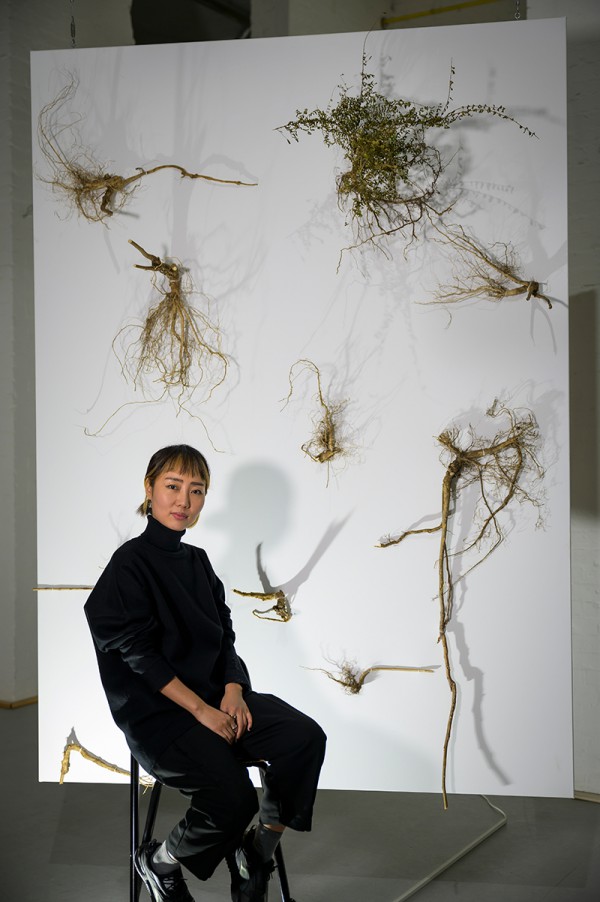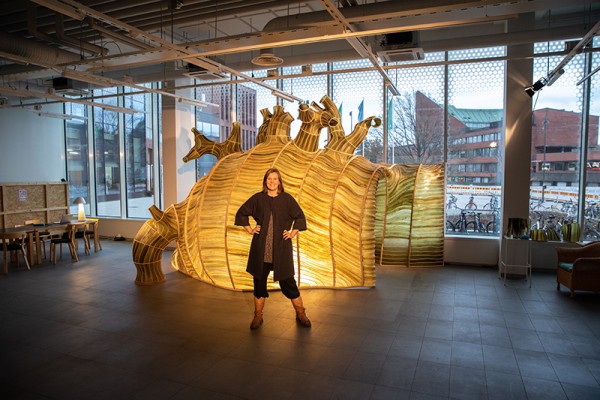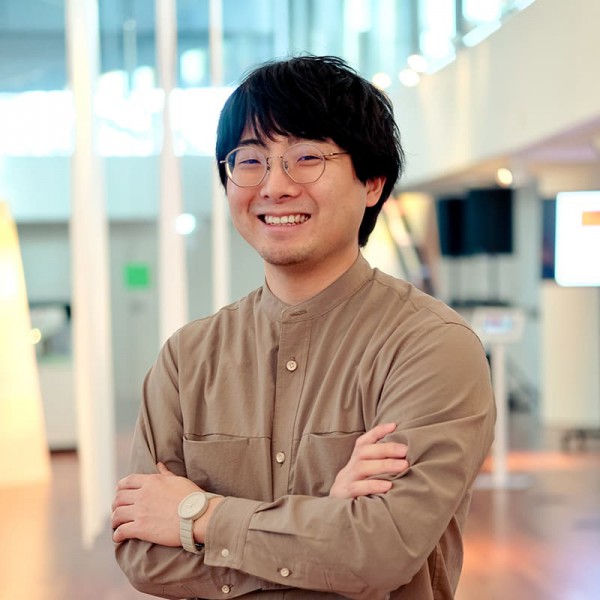작품 설명
포레스트 커리큘럼은 남아시아와 동남아시아를 잇는 삼림지대 조미아의 자연문화를 통한 인류세 비평을 주로 연구합니다. 작품 유랑하는 베스티아리는 이 연구의 일환으로, 비인간적 존재들이 근대 국민국가에 내재된 계급적이고 세습적인 폭력과 그에 따른 잔재들에 어떻게 대항해왔는지를 보여주는 작품입니다. 좌중을 압도하는 듯한 거대한 깃발들은 위태롭고도 불안하게 스스로를 지탱하고 있는 듯 보입니다. 깃발에는 벤조인이나 아편부터 동아시아 신화에 등장하는 동물들까지 비인간 존재들을 상징하는 대상들이 그려져 있습니다. 각 깃발들은 비인간적 존재들의 대표자로서 모두가 한데 결합되어 아상블라주 그 자체를 표상합니다. 또한 깃발들과 함께 설치된 사운드 작품은 방콕과 파주에서 채집된 고음역대의 풀벌레 소리, 인도네시아의 경주용 비둘기들의 소리, 지방정부 선거를 앞두고 재정 부패를 유지하기 위한 수단으로 쓰이는 불필요한 공사에서 발생하는 소음, 그리고 위의 소리들을 찾아가는데 사용된 질문들과 조건들을 읽어 내려가는 내레이션으로 이루어져 있습니다.
독일 베를린을 기점으로 활동하는 양자주는 공공장소를 심오하게 변주하는 개념에 흥미로운 팔레트의 혼합으로, 우리가 사는 공간과 우리 자신의 관계에 의문을 제기한다. 그는 인간의 본래 감각이 도시의 빠른 변화 속에서 어떻게 달라지고 있는가 고찰한다. 그 도시를 구성하는 물질에서부터 인간과 더불어 서식하는 자연으로 이르기까지 작가는 회화, 설치를 비롯해 라이브 페인팅, 공공 예술 등 다양한 장르를 실험적으로 넘나들며 작업 영역을 확장해 나간다.







